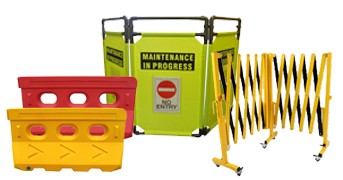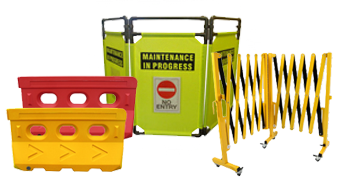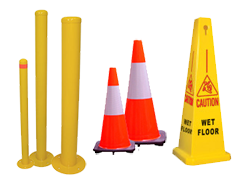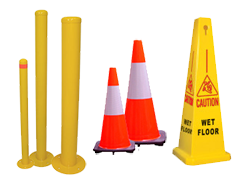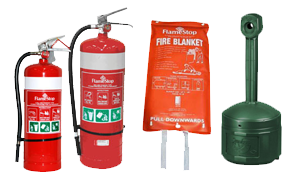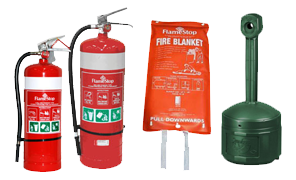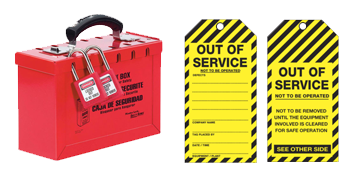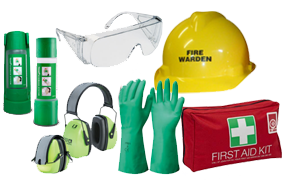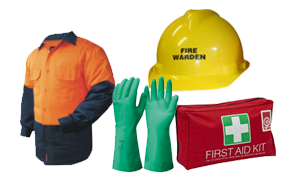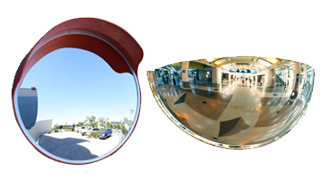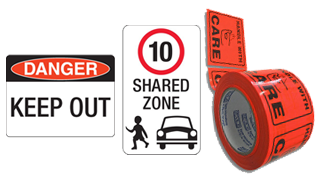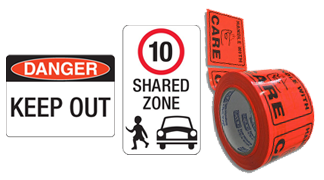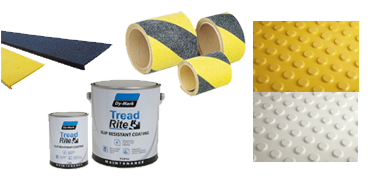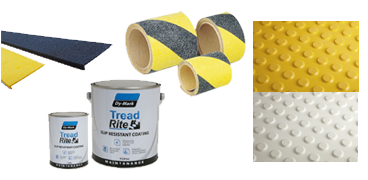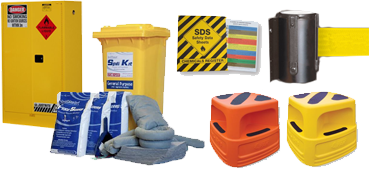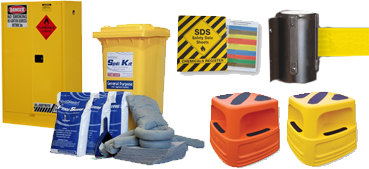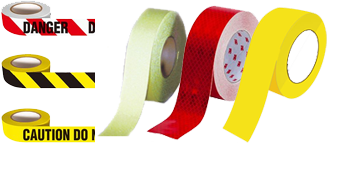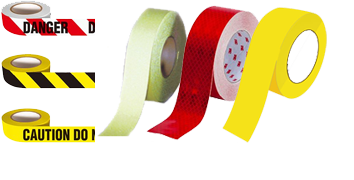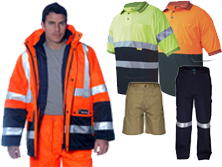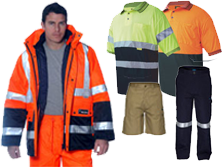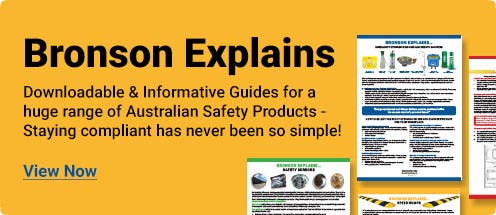Sunscreen is worn all over the world and is endorsed by leading scientists as a primary method to reduce the risk of skin cancer and sunburn. On top of this, the 'Slip, Slop, Slap' method is taught in Aussie schools and a large percentage of people report that they do wear sunscreen. These are all great signs for Summer Safety, but there's one remaining issue: Due to the increasing range of sunscreens and other sun protection devices available on the markets, it is becoming increasingly common for people to purchase and wear the wrong kinds of sunscreen.
Given these trends, the statistics are surprising. In 2019, the estimated rate of new skin cancers diagnosed in Australia is over 15,000, compared to 13,000 cases estimated in 2016 (1,2). Many factors have contributed to this increase, including a lack of knowledge surrounding sunscreen and how it works.
Consumers are understandably struggling to make educated decisions when picking a sunscreen product. To help fill this gap, this blog aims to objectively discuss the various components of manufacturing and applying sunscreen to improve understanding of UV radiation and the meaning and measurements of SPF (3).
How does sunscreen work?
Sunscreen is made from a combination of organic and inorganic ingredients. These ingredients combine to absorb and reflect the UV (ultraviolet) rays that are produced from the sun.
UV absorbers include organic chemicals that combine to absorb UV rays and convert it to a very low level of heat that is often too low to even feel. UV reflectors work in conjunction with absorbers to further absorb and scatter the remaining UV rays.
The two types of UV rays:
- UVA - Reaching far into the skin, this type of UV radiation is heavily associated with skin aging and can damage skin cells.
- UVB - Reaching a shorter distance into the skin, this type of UV radiation is associated with burning the skin.
Both UVA and UVB rays contribute to skin cancer, so a good sunscreen will incorporate ingredients that effectively absorb and reflect both UV types to protect the skin.


How can I decipher Sunscreen Ingredients?
Ingredients in sunscreen vary widely from brand to brand. The American Food and Drug association have confirmed that many ingredients found in certain sunscreens have questionable safety risks or have not been adequately tested.
The top recommendation by leading authorities is to check the ingredients in sunscreen before purchasing and applying it. But what should you check for?
Our top 3 tips are to check...
- The ingredients are not known to cause serious skin allergies,
- The ingredients are not likely to be toxic when applied directly to the skin or when accidentally inhaled (as my happen when applying sunscreen to the lips or face)
- the ingredients are not known to affect natural hormones or systems of reproduction.
Key ingredients recommended to avoid in your sunscreen:
- Vitamin A
- Oxybenzone
- Additional insect repellent
Zinc oxide is one recommended ingredient to look for in a sunscreen, as it has undergone sufficient safety testing and been proven safe and effective.
However, if you're unsure about the ingredients, the next best way to select a sunscreen is by product type. EWG recommends avoiding spray and powder sunscreens as they can be accidentally inhaled far easier than creams and lotions (4).
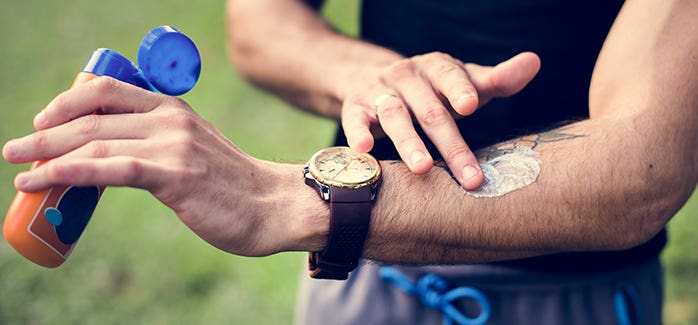

What is SPF and how is it measured?
Before delving into SPF, it is important that note that Sunscreen does not "block" the sun but instead screens it. No sunscreen is able to completely block both types of UV radiation, but some sunscreens will block more than others.
The term SPF stands for 'Sun Protection Factor'. It aims to indicate and measure how much UV rays will be screened by a particular sunscreen.
There are 3 main SPF ratings in Australia:
- SPF 15+ Filters a minimum of 93% of UV rays
- SPF 30+ Filters a minimum of 96.7% of UV rays
- SPF 50+ Filters a minimum of 98% of UV rays
SPF 50+ is the highest level of sun protection that a sunscreen can accurately claim to offer. At Bronson Safety, we highly recommend avoiding any brands that claim to have a higher SPF rating than 50 as they are known to be misleading.
Next steps...
Australians wear sunscreen to protect their skin from the risks of sunburn and skin cancer. Using these tips, we hope that you are able to go away and make educated decisions when purchasing sunscreen in the future. Keep scrolling to view our range of Sunscreens - these have all been sourced specifically to meet the highest Australian standards for sun protection.
There is no evidence to suggest that Sunscreen is effective unless used together with other sun prevention measures.
Click here to learn more about the other sun prevention measures that should be used in conjunction with sunscreen for it to be effective.

